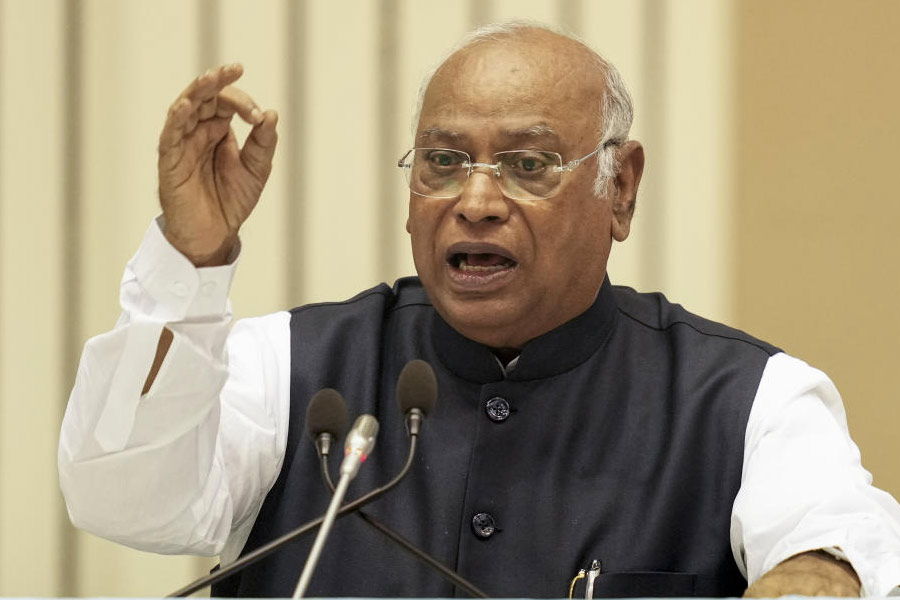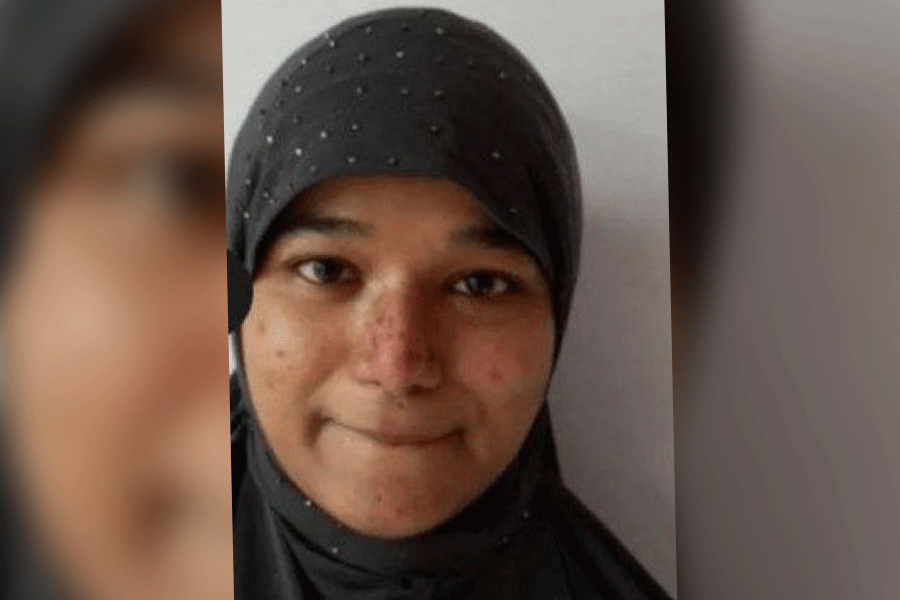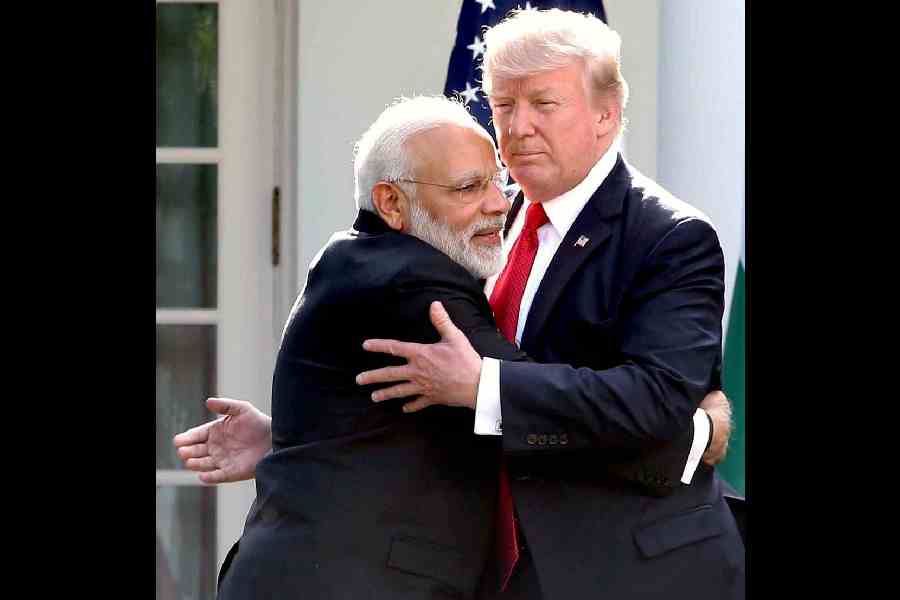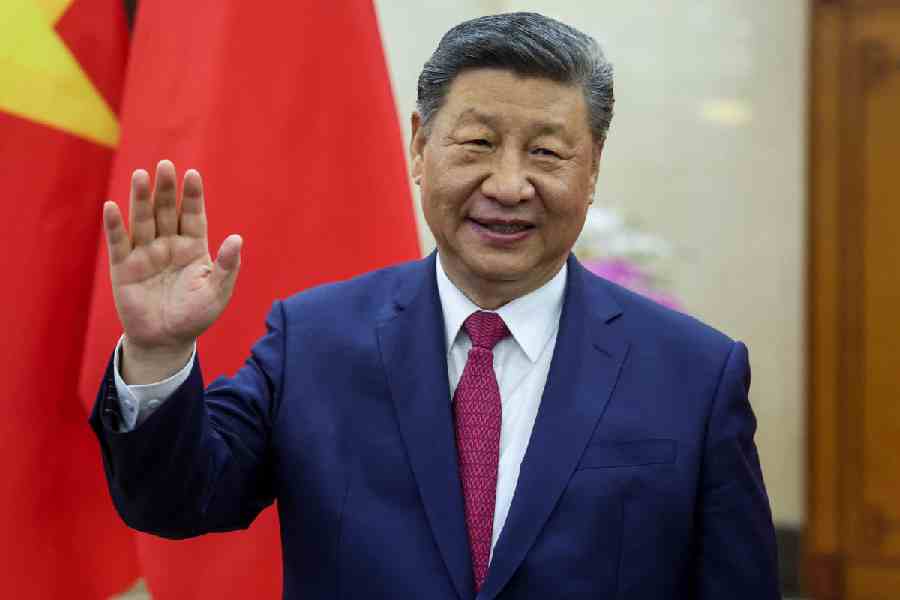 |
| Children participate in the Design a Stamp Competition-2011 at the General Post Office on November 19. This year, 92 students from various schools in Calcutta and Howrah took part in the competition. The theme of the contest was “Post office 2050”. The three best entries will be sent to the regional level. The winning entry at the national level will be printed as the Children’s Day commemorative stamp in 2012. Picture by Pradip Sanyal |
Tapan Sinha’s film Harmonium had acknowledged the iconic status the musical instrument once enjoyed in Bengali homes. The documentary Harmonium by Partha Sengupta, which was screened at the Bangla Academy on November 15 during the Calcutta Film Festival, explored the routes by which a keyboard instrument, something alien to India, came to be so widely accepted and used in so many ways all over north India.
It was a fact that had intrigued Partha, who composed music for the films Damu, Chakrabyuha, Desh and Ek Ghat ki Kahani , ever since the 1980s, when he came to know the legendary Salil Chowdhury from close quarters. “So when I got some funding from Anamika Kala Sangam and the union cultural grant scheme I decided to find out,” said Partha.
Harmonium was the name given by Alexandre Francois Debain, a Parisian, to the reed organ he patented in 1840. Many similar instruments, patented by others under different names, eventually came to be known as harmoniums. It became very popular all over Europe and travelled to India with the missionaries for whom such instruments were very convenient for use in small churches. There were different models with foot pedals to bellow.
Sengupta’s film shows how this device roused the curiosity of Dwarkanath Ghose of the famous Dwarkin and Sons, who later modified it into the version we know, with hand-held bellows making it convenient for Indian musicians and vocalists who perform sitting on the floor. Ghosh also changed the diatonic scale to the equally tempered scale. The instrument hailed by the Tagore family initially won the approval of Rabindranath himself. But he rejected it later because the instrument would fall short of rendering the subtler notes.
The film traces the entry of the scale-changer harmoniums and box harmoniums and how fresh refinement was brought about by the likes of Vidyadhar Oke of Maharashtra to give out the intermittent shruti notes.
The documentary focuses on the harmonium’s various uses — as an instrument played by vocalists themselves ( to give them confidence and help them to communicate with their accompanists); as an independent instrument by gifted soloists like Sohanlal Sharma and as an accompaniment to masters like Ustad Bade Ghulam Ali Khan, Begum Akhtar, Ustad Amir Khan, Bhimsen Joshi and countless others. The harmonium is also used during religious rituals by street performers and by folk artists.
The film may lack details like the use of harmoniums in popular Bengali jatras but does highlight a familiar and neglected object in a new light.
Kapoor crisis
Occasion: A matinee show of Rockstar on its release day.
Hall whisperer 1 (when Shammi Kapoor appears on screen): Eta jeno ke? (Who is this?)
Hall whisperer 2: Ranbir Kapoor er kaka na ke ekta… (Isn’t he Ranbir Kapoor’s uncle?)
(Contributed by Sebanti Sarkar and Saionee Chakraborty)










